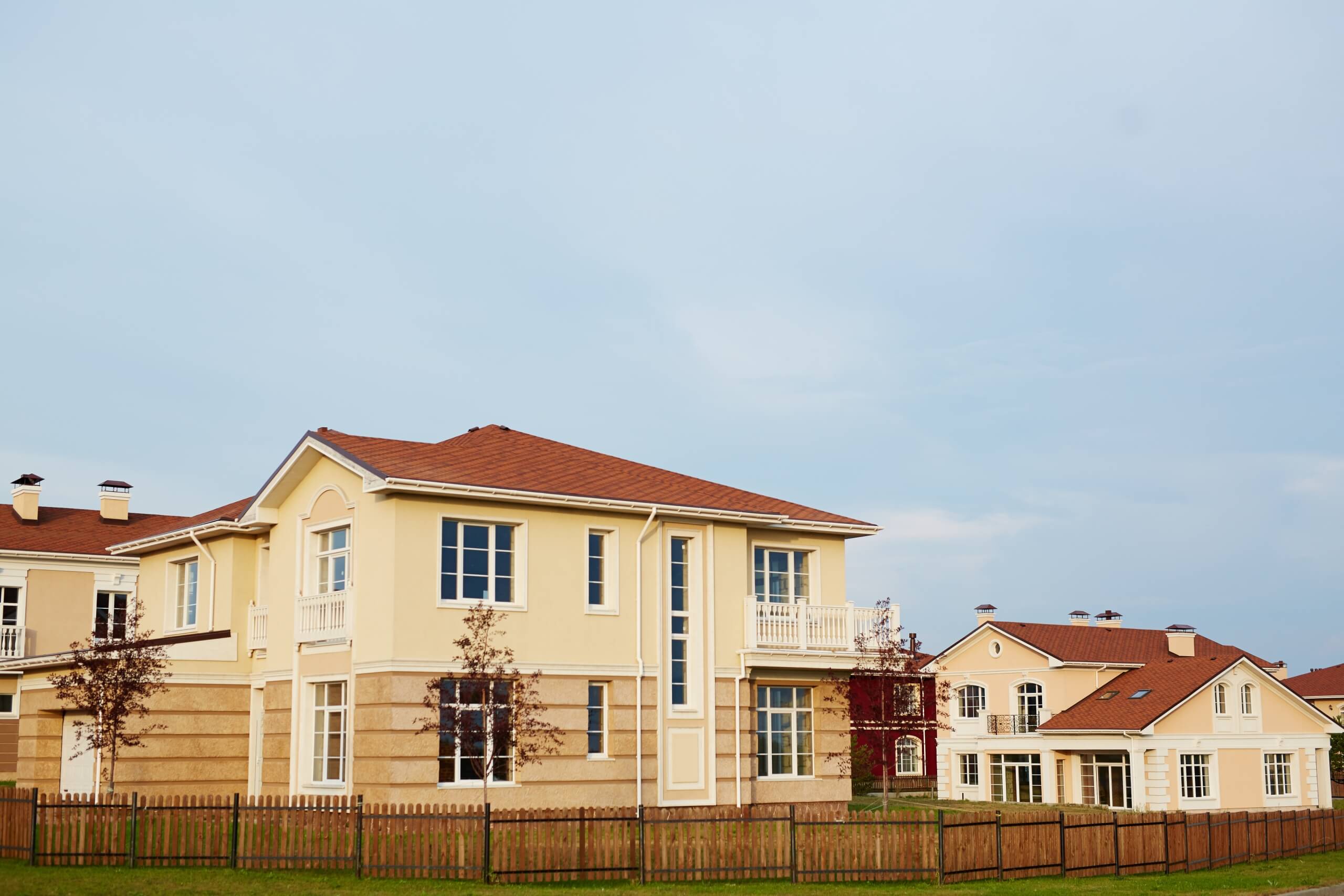Does the Defective Premises Act 1972 apply to care homes?
13th August 2025
“Following the extension to the limitation period for claims to be brought under the Defective Premises Act 1972, the use of the Act is becoming more prominent. This has inevitably led to new questions about the scope of the Act, including what types of accommodation are classified as a ‘dwelling’. If you’re involved in the development, construction or design of care homes, it’s important to be aware if your accommodation is within scope to make sure you can manage risk appropriately and understand any potential exposure to any claims under the Defective Premises Act 1972.”

The Building Safety Act 2022 extended the limitation period for claims under the Defective Premises Act 1972 (the DPA 1972) to 30 years for works completed before 28.06.22 and 15 years for works completed on or after that date.
The DPA 1972 imposes a duty of care on people constructing or working on a dwelling to ensure that the work is completed in a workmanlike or professional manner using proper materials and that the dwelling is fit for habitation upon completion This duty is owed to any person who acquits a legal or equitable interest in the dwelling and the person who orders the work (the developer).
Therefore, if you’re a care home developer, professional or contractor, it’s important to be aware of the scope of your duty under the DPA 1972 and where a project you’re working on is classified as a ‘dwelling’. Whilst a ‘dwelling’ clearly includes houses and flats, whether other types of accommodation, such as care homes, fall within the scope of the DPA 1972 is fact specific and should be considered on a case-by-case basis.

Do care homes fall within the scope of the Defective Premises Act 1972?
Whether care homes fall within the scope of the Defective Premises Act 1972 (DPA 1972) is ultimately a question of fact. The key consideration lies in the interpretation of the term “dwelling”, which is central to the duty imposed under section 1(1) of the Act.
The duty under the DPA 1972
Section 1(1) of the DPA 1972 states that the duty is owed by:
“A person taking on work for or in connection with the provision of a dwelling…”
However, the Act does not define what constitutes a “dwelling.” While it clearly includes houses and flats, the classification of other types of accommodation—such as care homes—is less straightforward and must be determined on a case-by-case basis.
In Caitlin Estates Ltd and another v Carter Jonas (a firm) [2005] EWHC 2315 (TCC), the Court provided helpful guidance, stating:
“A dwelling house is a building used or capable of being used as a dwelling house, not being a building which is used predominantly for commercial and industrial purposes.”
This definition suggests that the intended use and the nature of the accommodation are key factors in determining whether a property qualifies as a dwelling.
Insights from planning law
Further clarity can be drawn from planning law cases, which offer useful analogies:
- In Rectory Homes Limited v Secretary of State for Housing, Communities and Local Government [2020], the test was whether the care home contained independent dwellings, such as units with their own front door and private facilities.
- In London Borough of Brent v Secretary of State for Levelling Up, Housing and Communities [2022] EWHC 2051 (Admin), a dwelling was described as a unit of residential accommodation that provides the facilities needed for day-to-day private domestic existence.
These interpretations can be applied to the DPA 1972 to assess whether a care home qualifies as a dwelling.
Does your care home development fall within scope?
The applicability of the DPA 1972 to care homes depends on the nature of the accommodation provided:
- Likely within scope: Care homes that comprise individual, independent residential units, such as sheltered living apartments where residents have their own private spaces and care is available if needed.
- Unlikely within scope: Facilities that are communal in nature, such as hospices or care homes where residents only have a bedroom and share other facilities, are less likely to be considered dwellings under the Act.
The classification of a care home under the DPA 1972 hinges on whether it provides independent residential accommodation. Each case must be assessed on its own facts, taking into account the structure, use, and facilities of the property.
How we can support you
If you require any guidance on the or advice on the DPA 1972, our specialist Construction & Engineering team is here to help.









